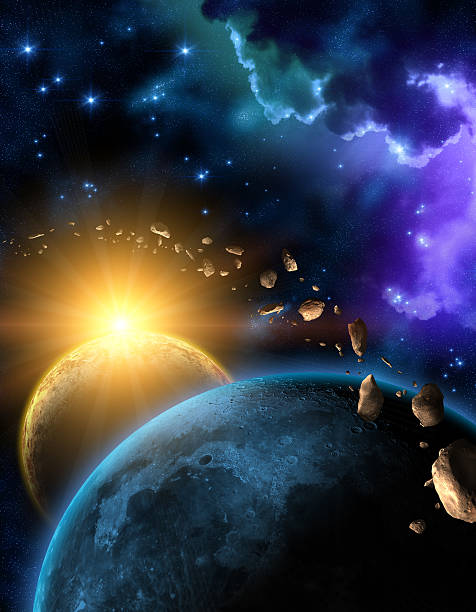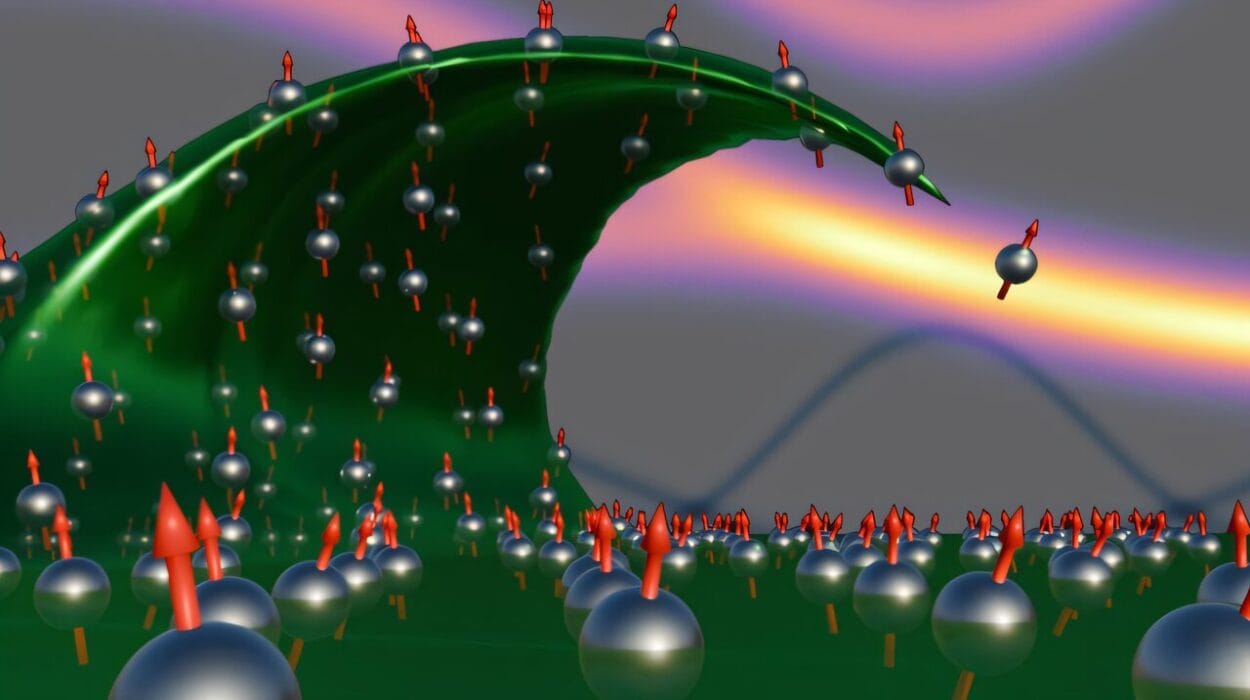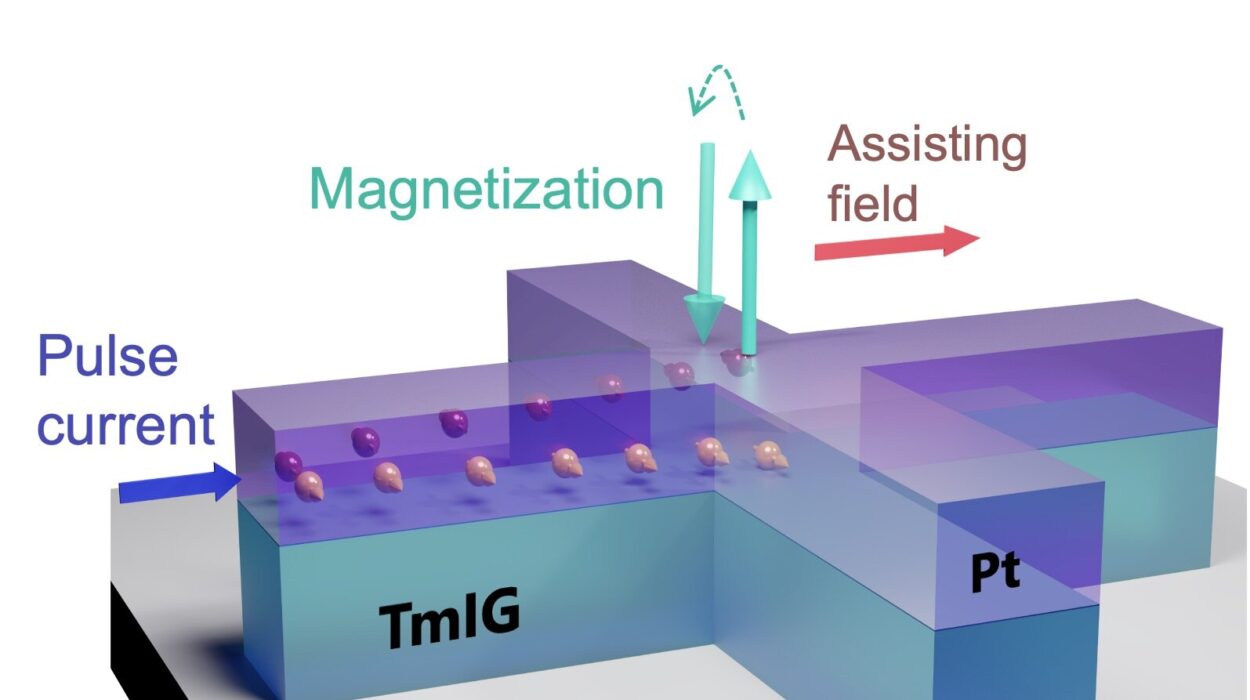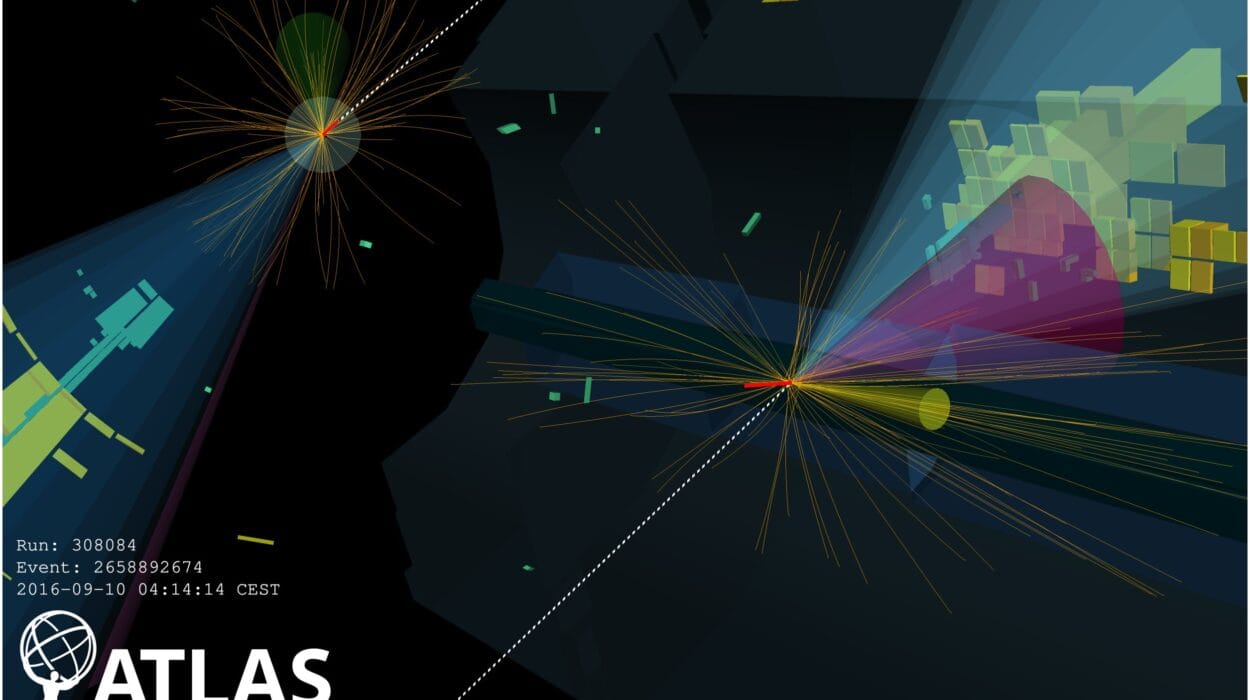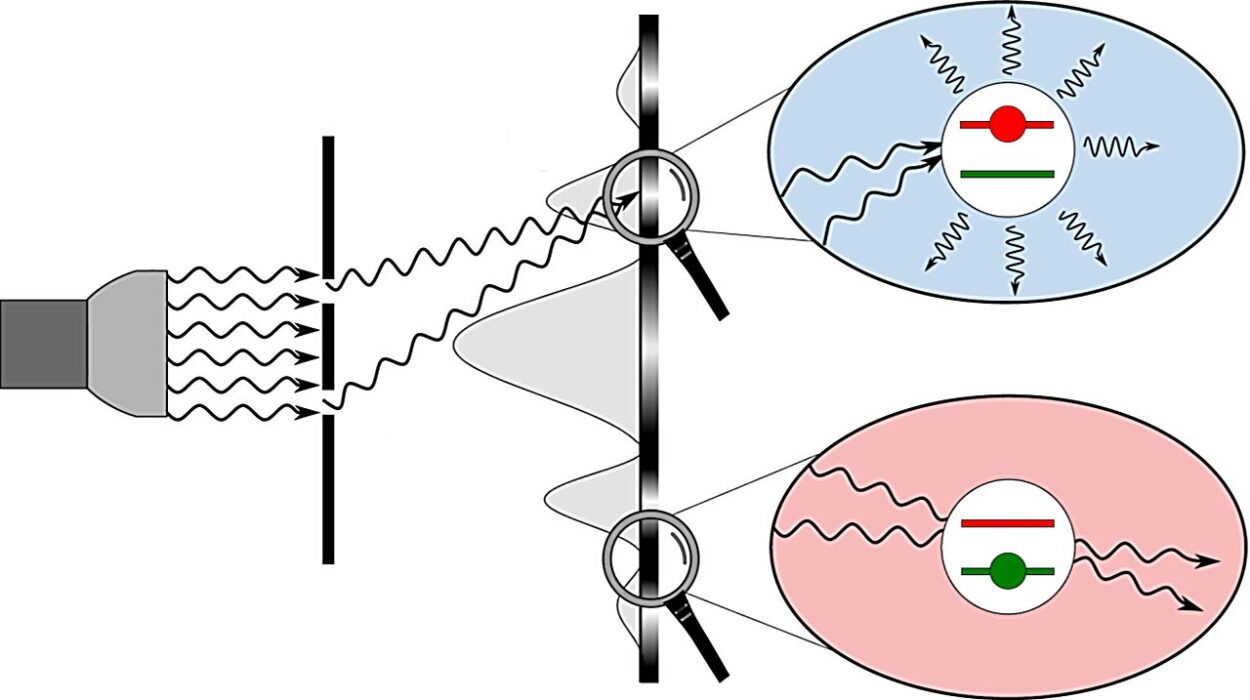Look up into the night sky and there it is—a pale, glowing sentinel that has watched over Earth since long before humans learned to question the stars. The Moon has captivated poets, guided sailors, influenced tides, and stirred the human imagination for millennia. But amid all the romance and symbolism, a simple question persists—a question even a curious child might ask: Why doesn’t the Moon fall down? After all, gravity pulls things toward Earth. If the Moon is up there, and gravity pulls it down, why hasn’t it come crashing into us?
This question, deceptively simple, opens a portal into the rich tapestry of physics that governs motion, force, gravity, and the very nature of the universe. It’s not just about the Moon and Earth—it’s about everything that orbits, from satellites to stars in galaxies. To answer it fully, we must explore the laws of motion, the nature of gravity, the geometry of space, and the elegant dance of celestial mechanics.
The Ancient View of the Cosmos
Long before we understood orbits, humans imagined the heavens as a series of perfect spheres or concentric shells. In ancient Greek cosmology, Aristotle proposed that celestial bodies were affixed to invisible spheres that revolved around Earth. The Moon, like everything else in the sky, was believed to move in perfect circles because that was the “natural motion” of heavenly objects.
This Earth-centered universe held sway for centuries, even as it failed to account for the observed complexities of planetary motion. The Moon’s phases, eclipses, and occasional “wandering” through the sky puzzled observers, but the core belief—that the Moon belonged to the celestial realm and was fundamentally different from earthly things—remained.
The Copernican Revolution: A New Center
The first cracks in this worldview appeared during the Renaissance. Nicolaus Copernicus proposed a heliocentric model, placing the Sun at the center of the solar system. While this didn’t immediately explain why the Moon didn’t fall, it reframed our understanding of orbits. The Moon now appeared to orbit Earth, not because it was affixed to a sphere, but because of natural motion governed by some unseen force.
Still, even Copernicus lacked the tools to explain why celestial bodies stayed in motion. That required a new kind of science—a science grounded in mathematics, observation, and predictive power. That science would be born in the work of two giants: Galileo Galilei and Isaac Newton.
Galileo and the Discovery of Inertia
Galileo, a rebel thinker and master experimenter, shattered the Aristotelian view of motion. He showed that objects in motion stay in motion unless acted upon by an external force. This principle, called inertia, was revolutionary. It meant that an object could keep moving forever in a straight line unless something stopped it.
On Earth, we see things slow down because of friction and air resistance. But what about in space? In the vast vacuum between celestial bodies, there’s nothing to slow things down. So if the Moon is moving sideways through space and there’s nothing to stop it, why would it fall?
Here’s where Galileo set the stage for the next leap in understanding. He hinted that perhaps the Moon wasn’t falling straight down at all—but that it was constantly falling in a way that matched its sideways motion. But it was Isaac Newton who would connect all the dots.
Newton’s Brilliant Leap: The Universal Law of Gravitation
In 1687, Isaac Newton published his Philosophiæ Naturalis Principia Mathematica, a work that redefined physics forever. Among its many revelations was a simple, profound idea: the same force that pulls an apple to the ground also pulls the Moon toward Earth.
Newton’s law of universal gravitation stated that every mass attracts every other mass with a force proportional to their masses and inversely proportional to the square of the distance between them. This law applied to everything—from falling apples to orbiting moons.
But Newton went further. He imagined what would happen if you launched a cannonball horizontally from a high mountain. If you fired it slowly, it would fall to Earth. If you fired it faster, it would travel farther before hitting the ground. But if you fired it at just the right speed, it would fall toward Earth at the same rate that Earth curved away beneath it. It would never hit the ground. It would be in orbit.
That’s the key insight. The Moon is falling toward Earth all the time—but it’s also moving sideways fast enough that it keeps missing. This is the physics of orbit: a delicate balance between forward motion and gravitational pull.
The Physics of Orbital Motion
To understand why the Moon doesn’t fall, we need to dive deeper into Newton’s mechanics. An orbit is essentially a continuous free fall. The Moon is constantly being pulled toward Earth by gravity, but because of its tangential velocity—its sideways speed—it stays at a nearly constant distance.
Think of swinging a ball on a string. The tension in the string pulls the ball inward, but the ball also wants to fly off in a straight line. The result is circular motion. In space, there’s no string—gravity is the invisible tether. The Moon’s inertia wants to carry it in a straight line, but Earth’s gravity pulls it inward, curving its path into an orbit.
The balance is precise. If the Moon moved too slowly, it would spiral inward and crash. If it moved too quickly, it would escape Earth’s gravity altogether. But it moves at just the right speed—about 1 kilometer per second—to stay in stable orbit.
This isn’t unique to the Moon. The same principles apply to satellites, space stations, and planets around stars. Orbits are not magical—they are the natural result of gravity and motion.
Why Doesn’t the Moon Spiral Away or Inward?
You might wonder: if the Moon is falling, why doesn’t its orbit decay? Why doesn’t it slowly spiral into Earth? Or fly off into space? The answer lies in the conservation of angular momentum and the relative stability of orbital systems.
Angular momentum is a measure of how much rotational motion an object has. For the Moon-Earth system, this quantity is conserved unless acted upon by an external torque. Because there’s very little to rob the Moon of its momentum—no atmosphere, no friction—its orbit remains stable over long timescales.
That said, the Moon’s orbit is changing, but very slowly. Due to tidal interactions, Earth’s rotation is gradually slowing down, and the Moon is slowly moving away at a rate of about 3.8 centimeters per year. This is caused by the transfer of angular momentum from Earth to the Moon through gravitational interactions. But this process is so slow that the Moon will not fall nor escape for billions of years.
Einstein’s Twist: Curved Spacetime
Newton’s laws work incredibly well, but in the 20th century, Albert Einstein took our understanding even further with his theory of General Relativity. Einstein proposed that gravity is not a force in the traditional sense, but a curvature of spacetime caused by mass and energy.
According to General Relativity, the Earth warps the spacetime around it, and the Moon follows a geodesic—a curved path through this warped geometry. From this viewpoint, the Moon isn’t being pulled or falling in a classical sense—it’s simply moving along the straightest possible path in curved space.
This may sound abstract, but it adds nuance to our understanding. It explains subtle orbital effects, like the precession of Mercury’s orbit and the bending of light around massive objects. But for most practical purposes, Newton’s model still provides an excellent approximation.
Tides, Energy, and Orbital Evolution
The gravitational interaction between Earth and the Moon also produces tides—regular rising and falling of sea levels caused by the Moon’s gravitational pull on Earth’s oceans. But tides do more than move water—they transfer energy.
As Earth rotates, its oceans bulge slightly toward the Moon. Because Earth rotates faster than the Moon orbits, the tidal bulge is pulled ahead of the Moon’s position. This creates a torque that slows Earth’s rotation while pushing the Moon slightly outward.
This process is known as tidal acceleration. It explains why days are gradually getting longer and why the Moon is slowly moving farther away. Billions of years ago, the Moon was much closer and orbited faster. Eventually, Earth and the Moon may become tidally locked, always showing the same face to each other, just as the Moon already shows one face to us.
Orbits Beyond the Moon: A Universal Principle
The principles that keep the Moon in orbit also apply across the cosmos. Earth orbits the Sun for the same reason the Moon orbits Earth: a balance of inertia and gravitational attraction. The International Space Station orbits Earth because it travels forward fast enough—about 28,000 kilometers per hour—that it falls around Earth rather than into it.
Planets orbit stars. Moons orbit planets. Binary stars orbit each other. Even galaxies orbit within clusters. Gravity is the thread that stitches the universe together, and orbital motion is one of its most beautiful patterns.
Artificial Satellites: Applying the Same Rules
Human technology has put thousands of artificial satellites in orbit. From weather satellites to GPS, they all rely on the same physics. Engineers calculate orbital velocity and altitude with Newton’s equations, ensuring that the satellite “falls” around Earth without crashing.
There are low Earth orbits, medium Earth orbits, geostationary orbits, and highly elliptical orbits, each serving different purposes. But all are variations on the same theme: controlled falling in the presence of gravity and inertia.
Understanding the physics of orbits is not just academic—it’s essential for communication, navigation, climate science, and space exploration. Every launch, every spacecraft, every lunar mission depends on mastering these principles.
Conclusion: The Dance of Celestial Mechanics
So, why doesn’t the Moon fall to Earth? Because it is falling—but in the most graceful way imaginable. It falls around the Earth, not into it. Caught in the embrace of gravity and inertia, it dances through the sky in a pattern shaped by physics yet appearing almost poetic.
This balance of motion and force is not only why the Moon doesn’t crash into us, but why planets circle stars, why satellites can orbit our world, and why the cosmos moves in such harmonious rhythm. From Newton’s apple to Einstein’s curved spacetime, humanity’s quest to understand this dance has revealed some of the deepest truths about the universe.
The next time you see the Moon hanging in the sky, know that you are witnessing the elegant consequence of laws written into the very fabric of space and time. It’s not held up by strings or magic—it’s held by gravity and motion, moving in a perpetual fall that never ends.
And that, perhaps, is the most beautiful fall of all.
